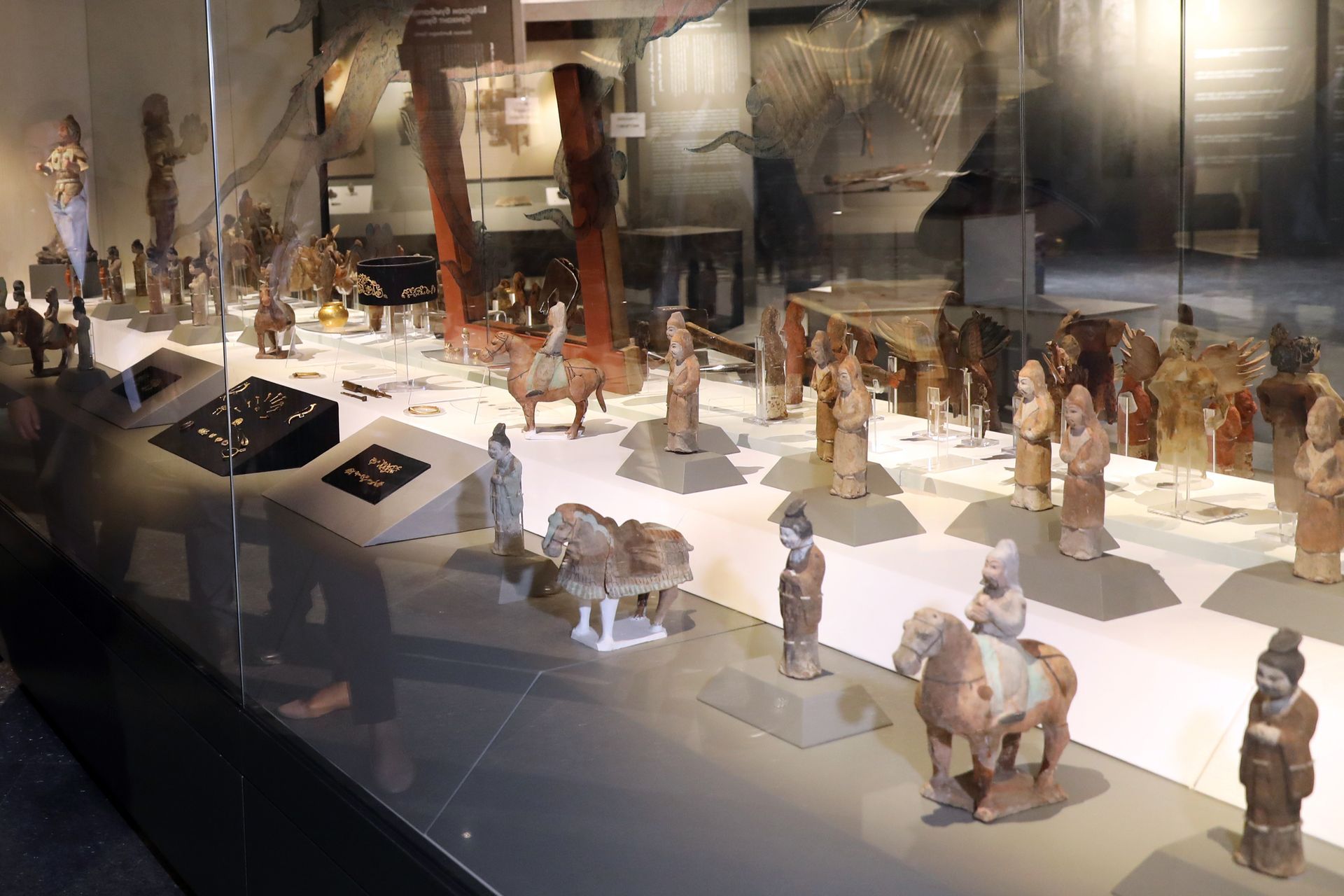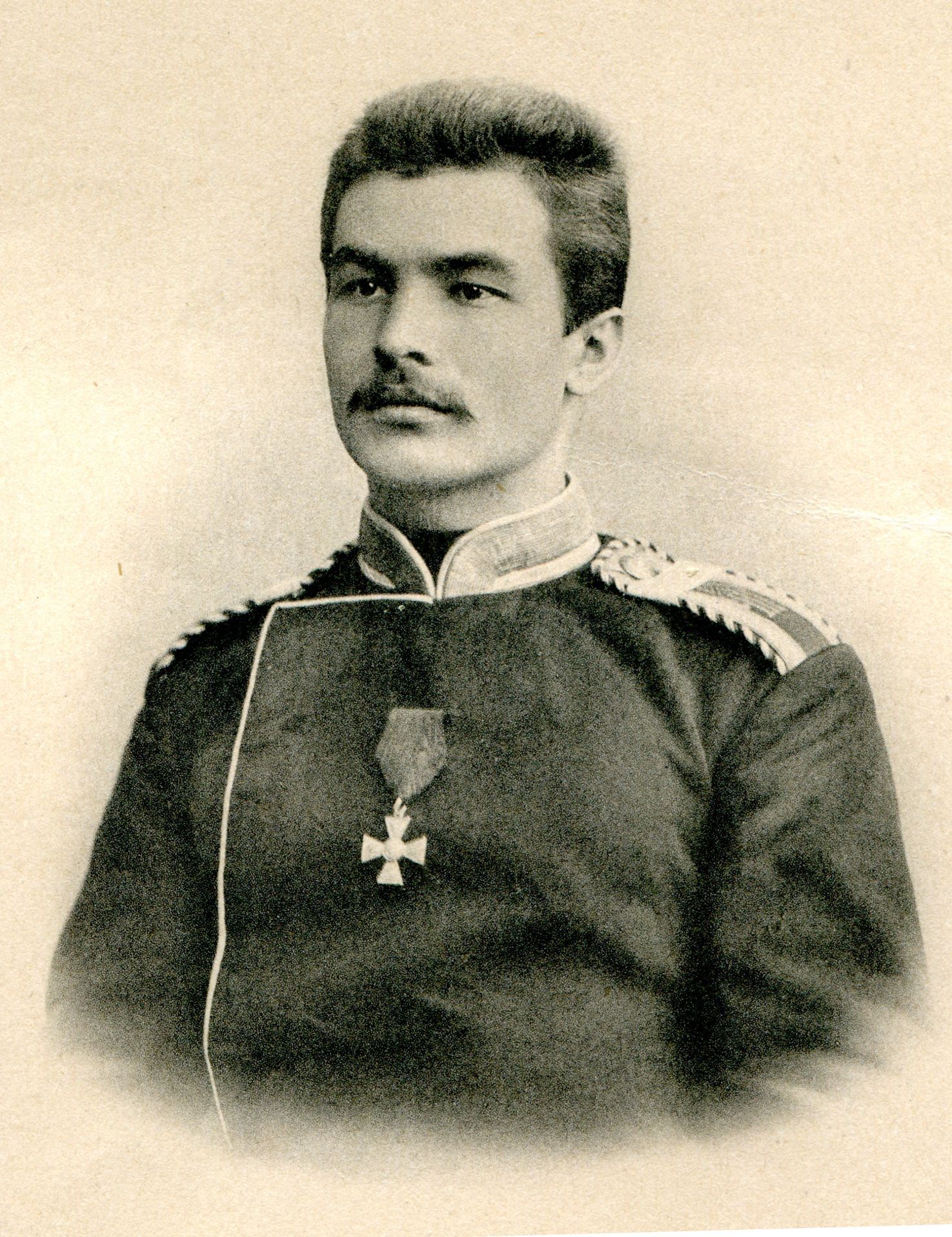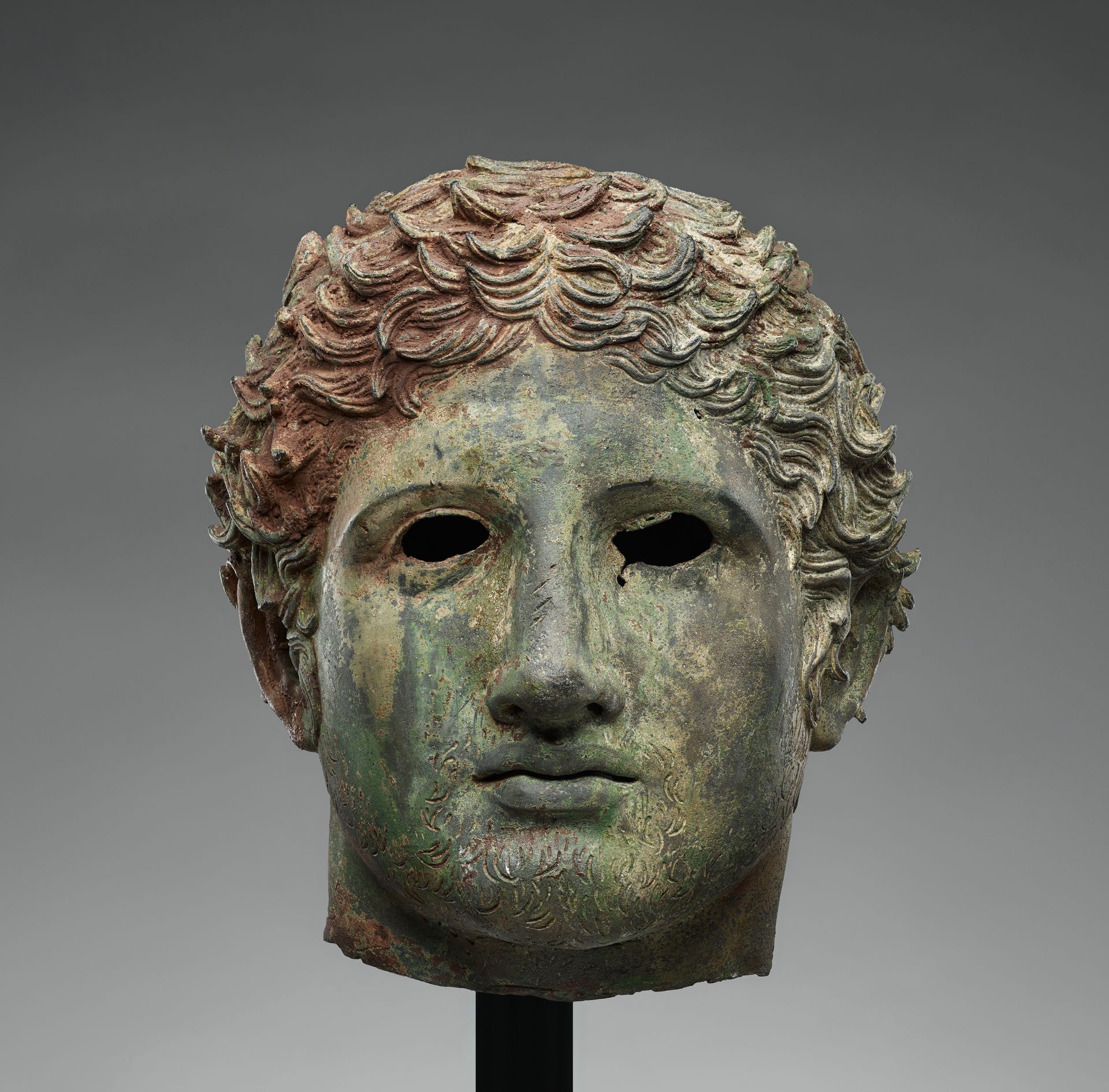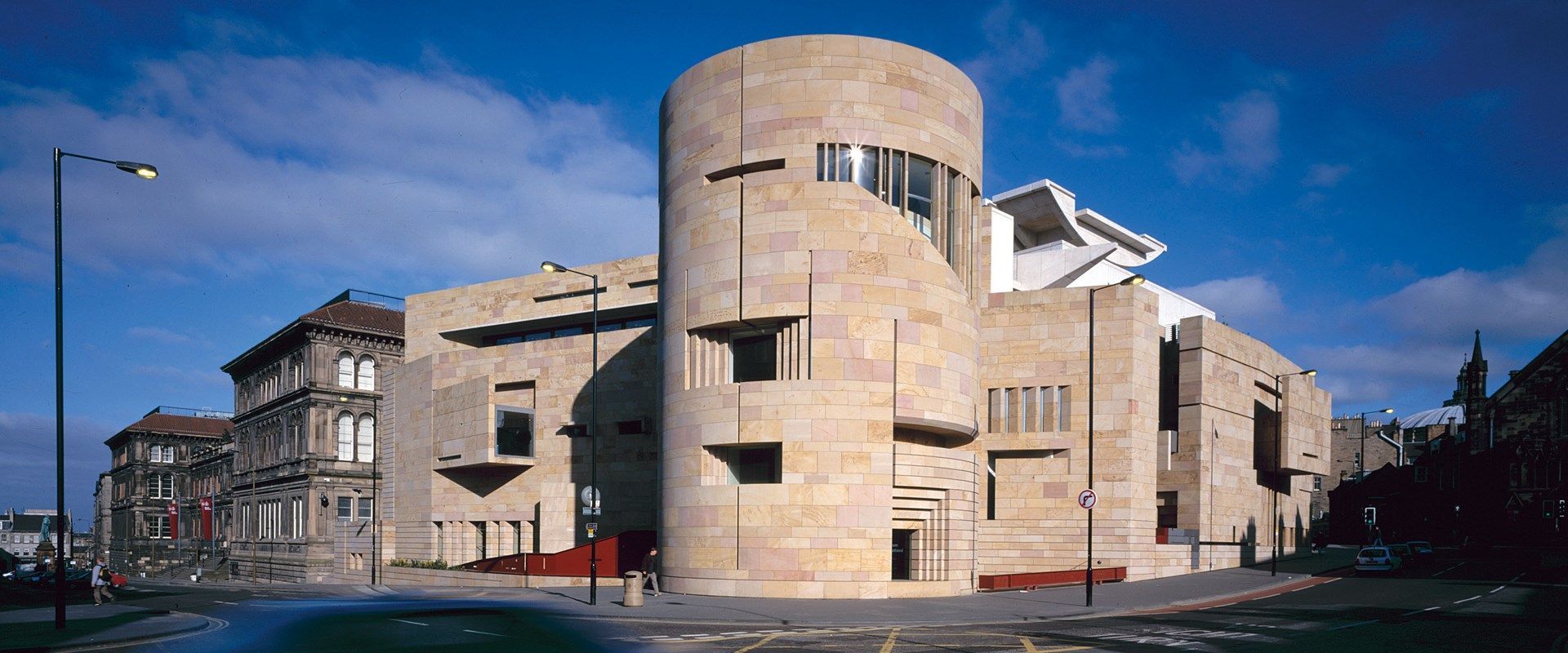Cultural Restitution
Mongolia’s Minister of Culture, Nomin Chinbat, visited Britain last November on a mission to strengthen UK-Mongolian cultural relations. On her agenda were plans for a 2027 exhibition at London’s Royal Academy to be called Arts of the Mongol World. But research and restitution were also in her sights.
Nomin hopes that a wider understanding of the events and historical context that led to the dispersal of thousands of Mongol-crafted artefacts over the centuries will help them identify and recover their nation’s lost cultural heritage. Research first, restitution to follow.
“Mongolia’s cultural artefacts,” she explained to Returning Heritage, “some of them many centuries old, provide both a window on our country’s history and demonstrate the vibrancy and captivating nature of our nomadic culture.”
The country faces a delicate task. During its earliest history of nomadic empires and occupation, foreign visitors to this vast territory stretching east and west purchased, traded or received Mongol artefacts as gifts…… then took them home.
Although this pattern of dispersal was halted during a 300-year period when the country closed its doors to foreign travellers, Mongolia opened its doors again to foreigners in the middle of the 19th century. For the next 100 years, many of the scientific expeditions that crossed through Central Asia, paused in Mongolia to excavate the major historical sites they discovered: like Karakorum, the capital city of the first Mongol Empire founded in the 13th century; the ancient town of Khara-Khoto in the southern Gobi; and the Xiongnu burial mounds in the Noyon-Uul mountains.
Excavations like these opened the world’s eyes to Mongolia’s rich and diverse heritage, establishing their reputation as a highly cultured people. But many of the artefacts uncovered were removed by foreign excavators and have never been returned.
After Mongolia declared independence from China in 1921, the country spent the next seven decades closely aligned with the Soviet Union, enabling the Soviets to exercise significant influence over Mongolia’s political and ideological development. The Soviet Union’s scientific community made important archaeological, geographic and ethnographic discoveries during this period but, at the same time, much of Mongolia’s religious and cultural heritage was being destroyed.
Today, the country’s geopolitics remain sensitive, especially while Mongolia doggedly resists pressure to align with Russia and China in an anti-western alliance. But culture minister Nomin believes now is the correct time to put research and recovery of artefacts firmly on her country’s agenda.

Interior of the new Chinggis Khaan Museum in Ulaanbaatar
In October 2022, the brand new Chinggis Khaan National Museum in Ulaanbaatar opened its doors to the public after the Mongolian Government agreed to allocate its first budget in 48 years for the construction of a world-class museum. Many of the more important exhibits in this
Museum are replicas - the originals are still held either in the State Hermitage Museum in Saint Petersburg or in the National Palace Museum in Taiwan. This has led Mongolians to become more outspoken in demands to see the repatriation of what legally belongs to them. Diimaajav Erdenebaatar, archaeologist and professor at Ulaanbaatar State University, put it this way:
“Time has begun to demand that we should become masters of our history.”
What are the chances culture minister Nomin will succeed with her research and restitution campaign?
The recovery of objects held in Russia is a key priority. Commitments made to share discoveries between Mongolia and the Soviet Union on some of these Soviet-led expeditions have been blatantly ignored by Russia. Take, for example, Mongolia’s appeals for the return of archaeological finds made on Peter (Pyotr) Kozlov’s Mongolian-Tibetan expedition in 1923-26. The fate of items collected on this expedition illustrates the scale of challenge that lies ahead for Nomin.
Kozlov was a pioneering Russian explorer of Central Asia who between 1883 and 1926 made six large expeditions into Inner Asia and whose discoveries earned him worldwide fame. In 1902 the Russian Geographical Society awarded him the Golden Constantine Medal, its highest award; London’s Royal Geographical Society and the Italian Geographical Society both awarded Kozlov gold medals.

Peter (Pyotr) Kozlov (1863-1935). Courtesy of Wikipedia
Although the expedition never reached Tibet, Kozlov’s three-year Mongolian-Tibetan expedition is celebrated for the amazing archaeological discoveries he made at the burial mounds in the Noyon-Uul mountains in the north of Mongolia. The objects Kozlov and his Mongolian assistant Jamsrano Tseveen uncovered were over two thousand years-old and belonged to the Xiongnu Empire, Mongolia’s first empire (1st cent AD). Finds included carpets decorated in the so-called ‘animal style’, gold, silver and wooden objects, fragments of silk and woolen tissues and fine Chinese lacquer cups. All once belonged to members of the Hun high nobility.
Mongolian officials extended an invitation for Kozlov to exhibit these discoveries at a special exhibition held in Urga (now Mongolia’s capital Ulaanbaatar) in November 1924. It was an exhibition that attracted wide attention both within and beyond Mongolia. But at its conclusion, the entire collection was returned to the Soviet Union. The majority of these finds remain in the collection of the State Hermitage Museum in Saint Petersburg (1904 catalogued items). Just 267 items were returned to Mongolia in 1926, most of which are on exhibition at the National History Museum of Ulaanbaatar.
Mongolia refutes Russia’s claim of ownership over the finds Kozlov made at Noyon-Uul. At the core of this dispute is an agreement understood to have been signed between Kozlov and Mongolia’s Institute of Sutras and Scriptures on 11 September 1926. It defined a procedure for the return of manuscripts and other objects discovered at the Noyon-Uul burial mounds. But Mongolia disputes both the document’s legal status and its authority.
Article 2 of this agreement states: In recognition of the great achievements of the traveller, Kozlov, the Institute of Sutras and Scriptures of the Republic of Mongolia irrevocably transfers half of all materials specified in Article 1 to the direct control of Kozlov. After conducting the necessary studies, the other half shall be returned to the Institute of Sutras and Scriptures of Mongolia no later than 1 June 1929.
Article 3 goes on to state: The right to determine the part that does not belong to the Institute of Sutras and Scriptures shall be granted to the Academy of Sciences of the USSR.*
While Russia continues to maintain this agreement confirms its right to resist the return of any further items from the Noyon-Uul collection, Mongolia maintains the document is vague and highly questionable. Above all, Mongolia questions its legal enforceability, claiming the Institute of Sutras and Scriptures was a powerless academic institution with no authority to enter into such an agreement. Only the Prime Minister himself could provide this authority.
A resolution of the Noyon-Uul collection is just one of several restitution negotiations that culture minister Nomin is holding with Russian authorities. But landlocked between two immensely powerful neighbours – Russia and China – Mongolia will be treading carefully. Pursuing their case through the courts will likely lead them nowhere. They know all too well the only way to deal with Russia is through personal relationships or face-to-face meetings.
In the meantime, the country has drawn up a list of Mongolian objects held by museums and university collections in 34 other countries, including objects held in UK institutions. Further research may lead to formal requests from Mongolia for some of these objects to be repatriated. But until that time, Nomin is content that Mongolian objects remain on display in institutions like the British Museum and British Library, giving people an opportunity to learn more about Mongolia’s heritage.
“As Culture Minister,” she told us, “one of my top priorities is ensuring that these artefacts are properly preserved and on display for future generations to enjoy for decades to come, whether that’s in the country where they are currently located or in Mongolia.”
Nomin has already received a strong pledge of support from UNESCO’s General-Director Ms Audrey Azoulay. As knowledge of Mongolia’s lost heritage becomes more widely known, over time we suspect a growing number of western institutions will react positively to the pragmatic and diplomatic approach the minister is adopting to recover her nation's lost heritage. While it’s hard to see objects from Noyon-Uul and other Russian-led excavations returning to Mongolia anytime soon, there will be opportunities for other western countries to take a lead and follow research with restitution.
* Source: Tatyana Yusupova, 2010. Yusupova is with the Russian Academy of Sciences
Photo: The Chinggis Khaan Museum, Ulaanbaatar
Courtesy of Darima Tumur
More News

Subscribe
Receive free updates on recent restitution news
Join the Newsletter
We will get back to you as soon as possible
Please try again later
CREDITS
Frieze block from the Temple of Athena, The Acropolis Museum, Athens
Acropolis photos courtesy of Anna Oikonomou
–
Site Design by
beckon.
All Rights Reserved | Returning Heritage


